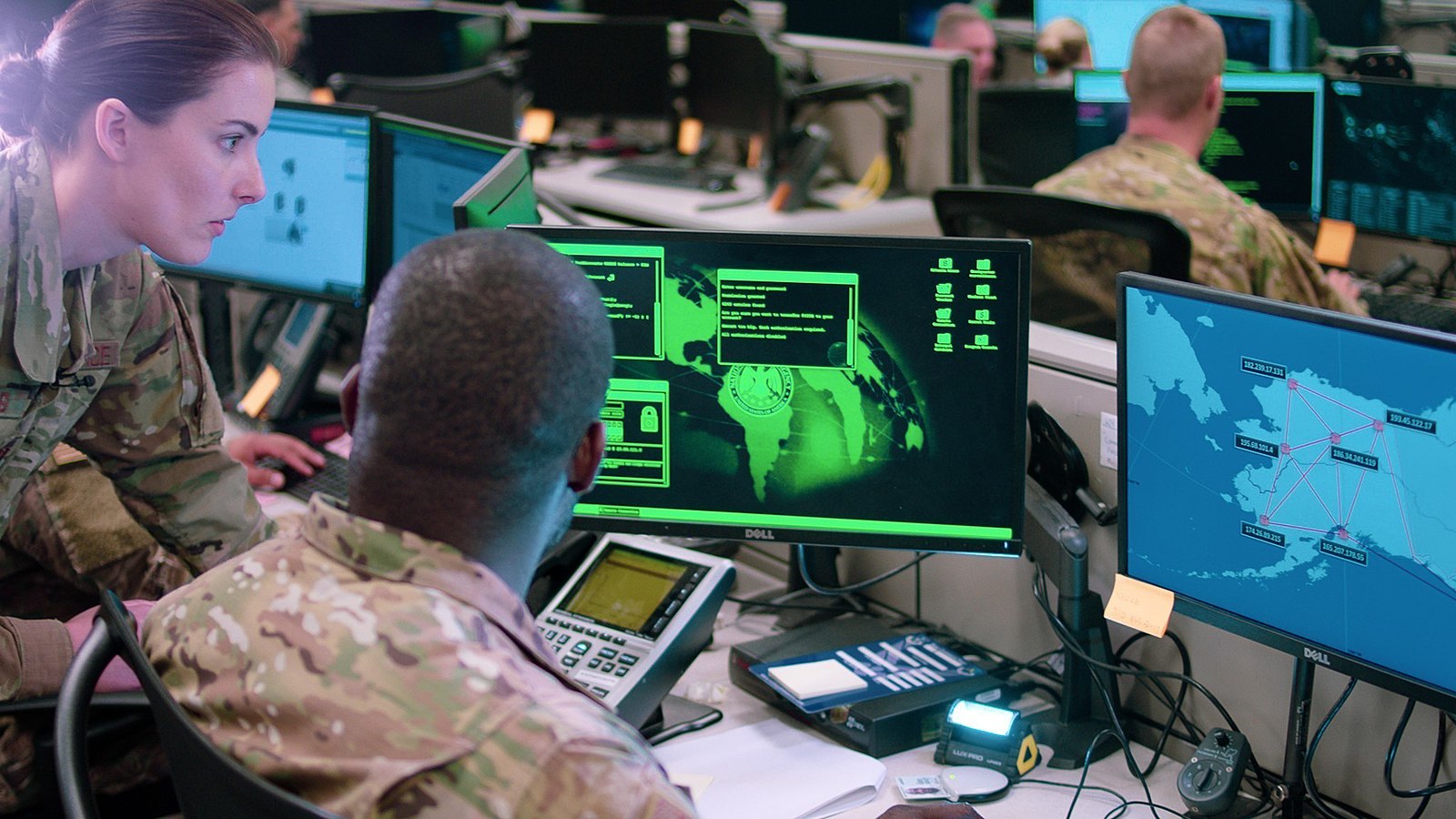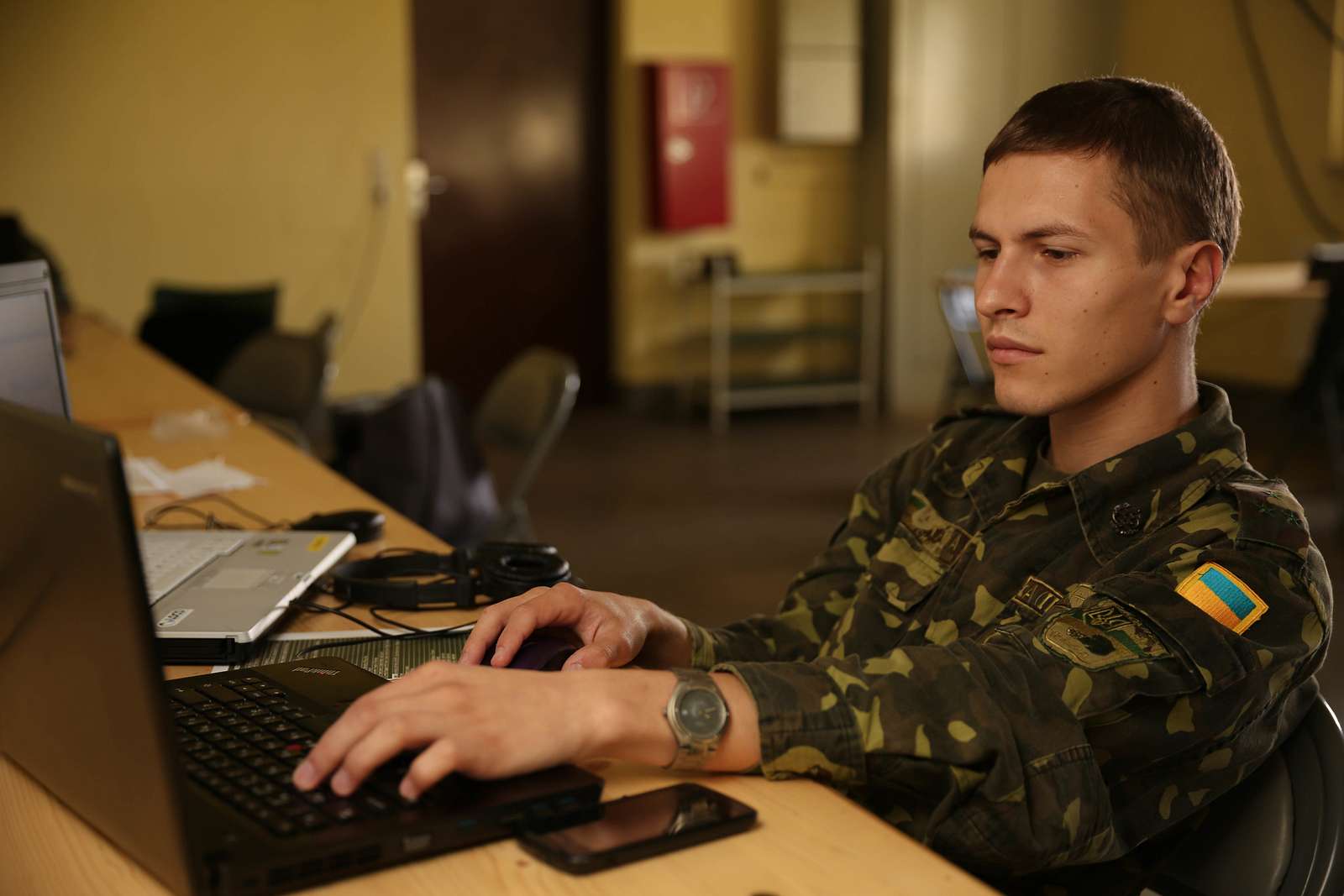Switchblade: Unmanned Close Air Support or "Drone Strike"?
Have you heard of the "Switchblade" UAV? In brief, it is a man-portable UAV that a soldier in the field can launch in mortar-like fashion, obtaining beyond-line-of-sight surveillance (with video and GPS data) and also the option of having the Switchblade itself crash into a target in kamikaze fashion (there being some kind of explosive load built into it for this purpose). Simply put, it performs the exact same function for the soldier that close-air support and remote artillery fire otherwise would provide, except of course th
Published by The Lawfare Institute
in Cooperation With

Have you heard of the "Switchblade" UAV? In brief, it is a man-portable UAV that a soldier in the field can launch in mortar-like fashion, obtaining beyond-line-of-sight surveillance (with video and GPS data) and also the option of having the Switchblade itself crash into a target in kamikaze fashion (there being some kind of explosive load built into it for this purpose). Simply put, it performs the exact same function for the soldier that close-air support and remote artillery fire otherwise would provide, except of course that the soldier need not coordinate with other units or wait for air assets to arrive on the scene, and no pilot's lives are at risk as the device loiters to collect imagery (something that also will help to reduce collateral damage).
All of which sounds good, and indeed the general thrust of this L.A. Times story by W.J. Hennigan hits these same themes. But toward the end of the piece a contrary note is sounded by Naureen Shah (associate director of the Counterterrorism and Human Rights Project at Columbia Law School), who framed the question in terms of a comparison to the use of Predators and Reapers to carry out targeted strikes on specific individuals:
She pointed out that when a drone strike is being considered there are teams of lawyers, analysts and military personnel looking at the data to determine whether lethal force is necessary. But the Switchblade could shorten that "kill chain." "It delegates full responsibility to a lower-level soldier on the ground," she said. "That delegation is worrisome. It's a situation that could end up in more mistakes being made."This is mixing apples and oranges, in my view, though I think the comment very usefully highlights the fuzziness distinguishing conventional combat scenarios and operations involving Predators and Reapers engaged in targeted strikes that are in some meaningful way distant or otherwise distinct from combat. The Switchblade appears intended for the former category: the relatively conventional combat setting. And in such a setting, a soldier firing a rifle or a mortar ordinarily is the entire kill chain, bringing to bear training and the ROE to make his own judgment as to when to fire (unless of course special circumstances require and time permits a request for permission from higher authority; say, for example, because the target is firing from a mosque and the commander has ordered troops not to fire in that scenario without permission from someone higher up). Ditto for close-air support and artillery--the very functions for which the Switchblade seems designed to substitute. So why doesn't the same logic apply to the use of Predators and Reapers? Actually, it probably should if and when those UAVs are used in a conventional combat setting. That is, they shouldn't be treated differently than manned aircraft conducting similar combat missions. If on the other hand an armed UAV is being used in a non-combat setting, as in the prototypical targeted strike scenario, the more rigorous screening process makes far more sense. The trick, then, is to distinguish these situations. The real value in Naureen's criticism is, I think, to draw attention to the fuzzy nature of this divide; think, for example, of where you would place signature strikes in North Waziristan. I can at least say I don't think we should use drone/not-drone as the test for when more rigorous screening should be employed.
Robert (Bobby) Chesney is the Dean of the University of Texas School of Law, where he also holds the James A. Baker III Chair in the Rule of Law and World Affairs at UT. He is known internationally for his scholarship relating both to cybersecurity and national security. He is a co-founder of Lawfare, the nation’s leading online source for analysis of national security legal issues, and he co-hosts the popular show The National Security Law Podcast.





